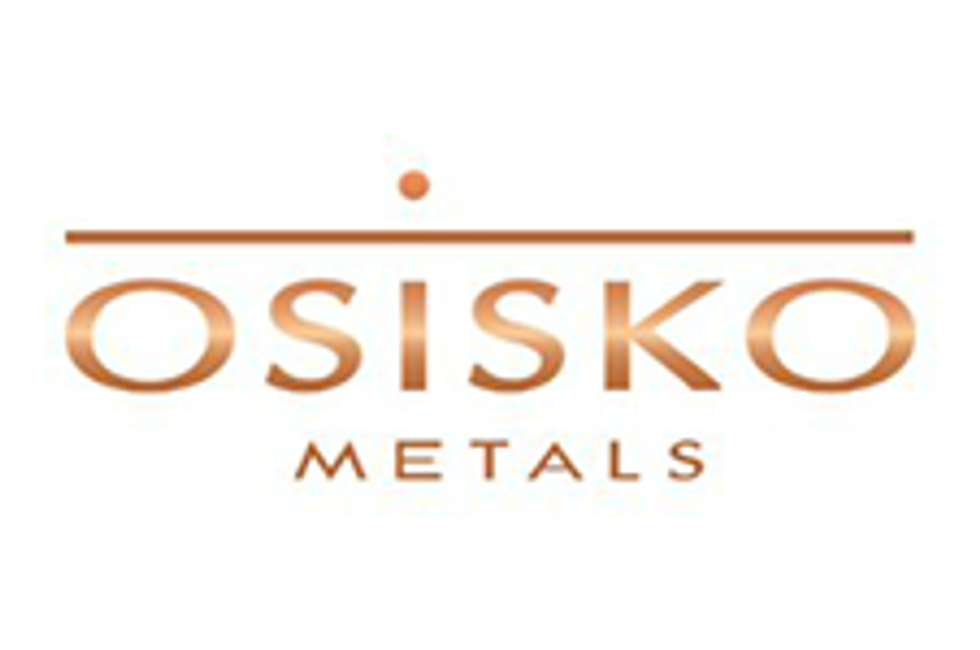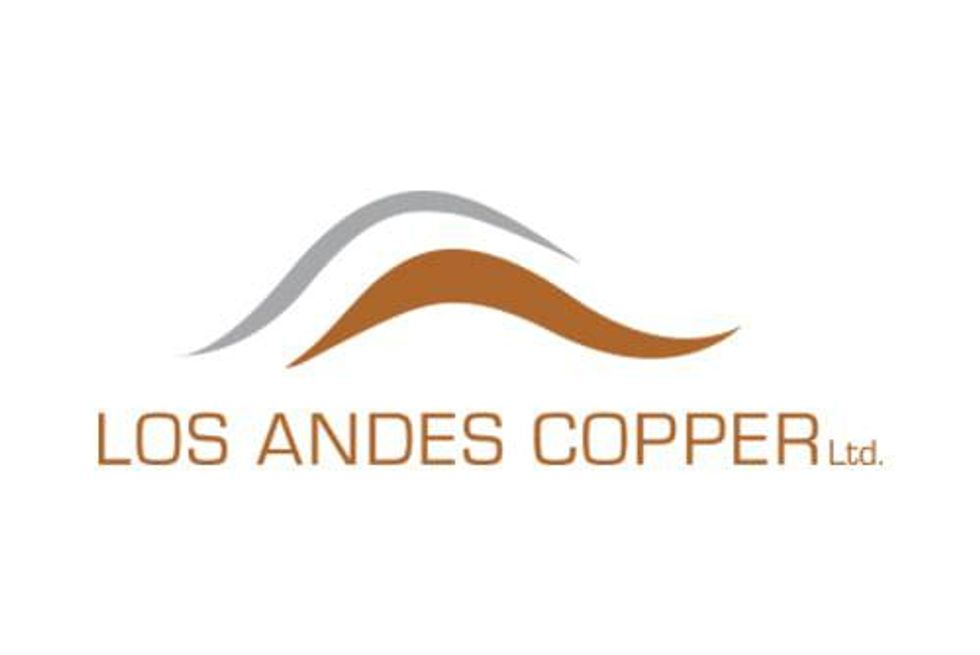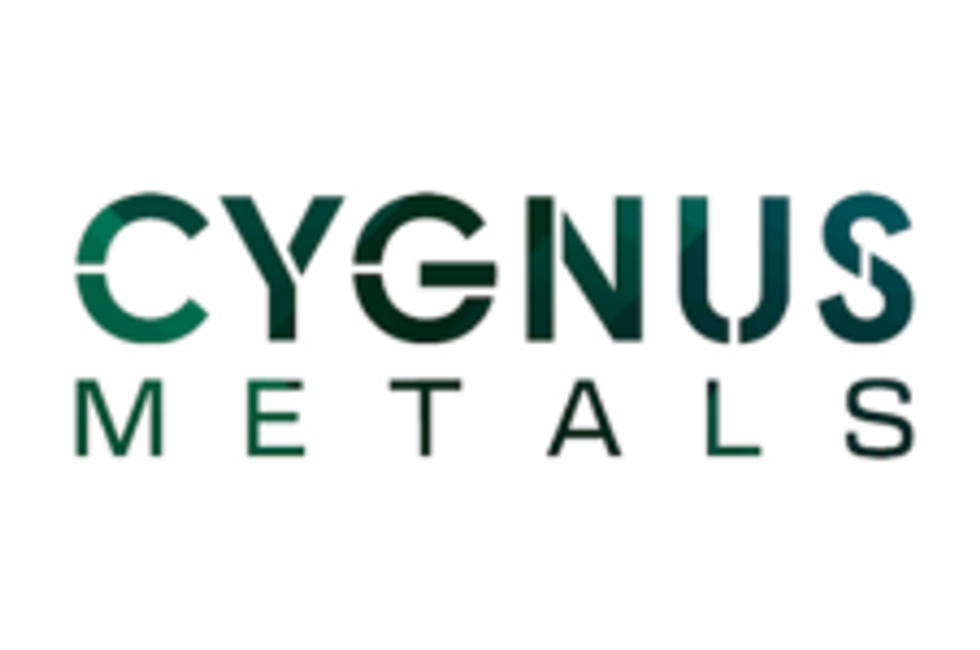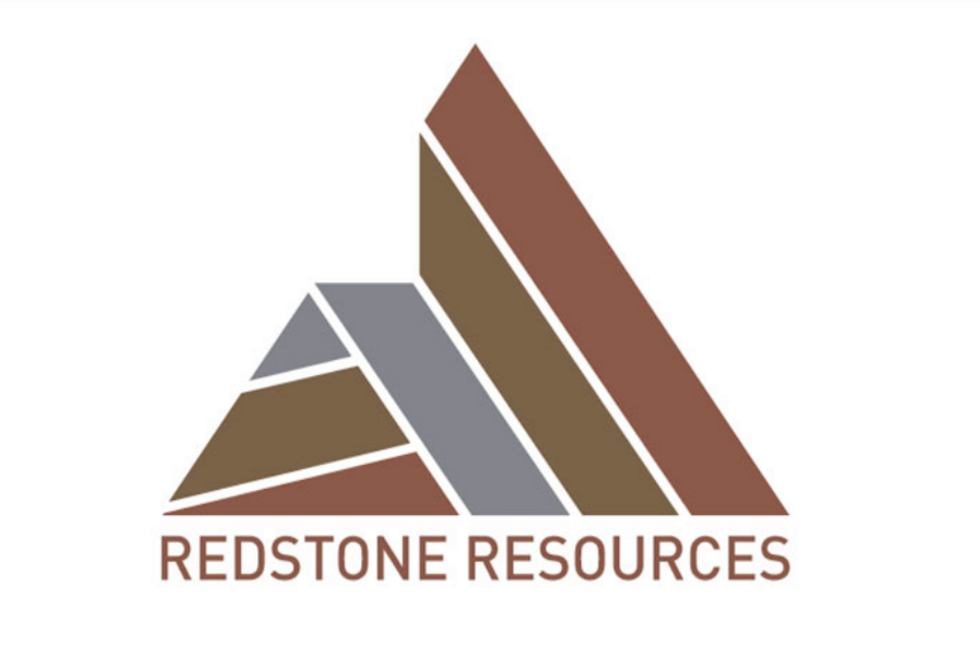CEO Rick Van Nieuwenhuyse on NovaCopper’s Plans in Alaska
Copper Investing News spoke with NovaCopper CEO Rick Van Nieuwenhuyse to find out more about the company and what it has planned for Alaska’s Ambler Mining District. Here’s what he had to say.
NovaCopper (TSX:NCQ,NYSEMKT:NCQ), which is focused on advancing high-grade copper-zinc–lead–gold–silver properties in the Ambler Mining District of Northwest Alaska, is having a tough time this year.
Its share price is down substantially since January, and last month the company recorded a loss when it put out its second-quarter results. It said at the time that “[s]ubstantial doubt exists as to the Company’s ability to continue as a going concern as the continued operations and exploration activities of the Company are dependent on its ability to obtain additional financing within the next twelve months.”
From an investor standpoint, that’s certainly a troubling statement. However, it’s worth noting that during that period NovaCopper also reduced its expenses and lowered its Q2 and half-year net losses in a year-over-year comparison.
Further, the company is still seeing support from market watchers and its largest shareholders. Case in point: just before last month’s results were released, those shareholders put up cash for the entirety of NovaCopper’s recent private placement, leaving the company funded for the rest of the year — at least in terms of exploration activities. Meanwhile, in an August 4 article from Seeking Alpha, the Investment Doctor points to “impressive” economics at the company’s Arctic project, including a cash cost of $0.62 per pound of copper, and states that “NovaCopper is trading at a fraction of its fair value, and further achievements will unlock this value.”
Finally, last Friday, NovaCopper provided an update on its summer activities, indicating that current work at Bornite is progressing well, as are the Alaska Industrial Development Export Authority’s (AIDEA) efforts regarding community engagement and the Interior Energy LNG Project.
To find out more about the company and what it has planned for the Ambler Mining District, Copper Investing News (CIN) spoke with CEO Rick Van Nieuwenhuyse. Here’s what he had to say.
CIN: You released your Q2 results last month. What has NovaCopper been up to so far this year? What’s next?
RVN: Our plan this year is to relog and reassay about 13,000 meters of core that was historically drilled by Kenecott. They were one of the previous owners seven years back. It’s important information as they only assayed higher-grade copper ores, typically things above 2 to 3 percent, and a lot of material that was 1 percent or lower was not analyzed. They were specifically looking for a high-grade underground target. So given that we’re evaluating the potential of an open-pittable resource, core samples that are 1 percent and less are very interesting to us.
At Bornite, our overall resource averages about 1-percent copper as an open pit, which is a very respectable open-pit copper grade in today’s world. Obviously that wasn’t the case back in the 1960s, when most of this work by Kennecott was done, so it’s very understandable that they didn’t sample it. However, it’s certainly been well stored and well cared for over the years and it’s in great shape. Our technical team is currently carrying out the relogging and resampling program. We’re hoping to have at least the field portion of the program wrapped up by the middle of September, and then it will just be up to the labs to give us the results. We’re mostly interested in copper of course, but they’ll be collecting other information as well.
CIN: Right. I saw that you released a mineral resource estimate for that property earlier this year as well.
RVN: Yes, in fact we’ve had a couple of updates, and obviously with the current program adding 13,000 meters of additional information, we will continue to upgrade and update our models as more information becomes available.
CIN: What about your Arctic deposit? I understand that it’s one of the largest and highest-grade deposits of its kind in the world. What’s going on there?
RVN: There’s not a lot of activity on Arctic as of right now, not in terms of field activity. We have been working with multi-element data that we’ve more recently collected to refine the geologic model there and using some new tools that will help to further define that model. It won’t result in any significant change in the overall resource estimate, but will represent a refinement of the geologic model.
Really the next steps are to take a look at what a combined Arctic plus Bornite operation might look like, and that’s the direction we’re moving in. We feel that Arctic represents a significant potential ore body already — it’s very good grades, significant tonnages with good exploration upside in the district. We have demonstrated that it could be mined either as an open-pit or an underground mine.
Meanwhile, at Bornite we’ve demonstrated that we have a near-surface, roughly 1-percent potential copper ore body with good grades continuing at depth; it’s potentially underground mineable. However, we think that the at-surface resource is the best place to start. We think Arctic by itself could produce a substantial amount of metal — 60,000 tonnes of annual copper production as well as zinc and other precious metals as well. But we want to take a look at what a combined operation would look like; it would likely get the overall copper production up to over 100,000 tonnes and maybe even approach 200,000 tonnes of copper. So that would be a very significant operation in terms of overall size.
CIN: And those projects are not too far apart?
RVN: Yes, they’re only 20 miles apart. They’re fairly close, and certainly we believe there would be good synergy between the two in terms of common infrastructure facilities, as well as common administration and camp facilities. We could have two different mill trains in the same building, maybe share tailings facilities, those sorts of things.
CIN: Is that a common approach?
RVN: Oh sure, the concept of a central mill is very common in the mining industry. We know we have a lot of other potential mineralization in the district, I mean it’s a district that’s 70 miles long and there are literally a few dozen identified mineral deposits that have had historic drilling on them. Some have historic resources on them. So the idea of a central mill makes a lot of sense for the Ambler Mining District.
CIN: I see. And in terms of jurisdiction, what have you seen as the benefits and challenges of mining in Alaska?
RVN: Alaska is a resource-focused state with most of the state’s revenues coming from resource development. AIDEA, which is effectively a state development bank, is currently in the process of permitting an access road into the Ambler Mining District. So we see strong support for mineral development specifically.
For the road that AIDEA is proposing, the model they’re working with is the same model they executed with at Red Dog, the largest zinc mine in the world. AIDEA financed and built Red Dog’s road and port infrastructure and then the mine pays tolls to use the road and port. Red Dog has been operating for 25 years, and the road and port have been paid off and the profits from the tolls now go to the State General Fund — so it has been a great investment for the state.
For the proposed Ambler road, it would be ourselves and potential other owners of mineral properties in the Ambler Mining District that would be paying tolls to AIDEA to use the road. So it’s a good model that’s worked very well in the past — AIDEA and the state have made good money, as have private investors who invested alongside of AIDEA to develop infrastructure projects.
This type of approach — sometimes called a Public-Private Partnership, or P3, is becoming more and more common in the world. A lot of road infrastructure projects, a lot of freeways and highways in various cities in North America have been financed with this model.
CIN: That makes sense if the road is going to get used mostly by industry anyway.
RVN: Yes, it’s paid for by private parties who are interested in earning a relatively modest interest rate, but over a long period of time. Typically pension funds like this type of investment.
CIN: I saw that you just completed a private placement, and that it was purchased entirely by your largest shareholders. What is the significance of that for you?
RVN: It clearly demonstrates that we have the support of our largest shareholders. As you know, this is a very tough market, and although there are other alternative financing options, we just felt that at this time this was the best type of financing to do.
CIN: And how are you sitting now that you’ve got that funding?
RVN: Well, we’re a typical exploration company, so we will need to do more funding in the future to continue to advance our projects. But again, given the state of the market and the fact that we decided to do a reduced program this year, we’re in good shape financially for the year. However, in order to advance the project beyond this year’s program, we’ll have to look for additional funding.
CIN: In terms of management, I noticed that you have quite a lot of experience, not just as an explorationist, but also at all stages of mining, through to production and closure. How is that valuable in your capacity as CEO of an exploration company?
RVN: Our main objective now is to add value for shareholders, so we’re going to draw on all our resources — not only senior management, but the experience of the entire management board. We have a tremendously diverse management team and board. We will draw on all of that to maximize the value of our assets in the Ambler Mining District. We expect that we will stay focused on our Bornite and Arctic projects in particular over the course of the next few years.
CIN: So will you take those projects to production yourself or are you hoping for an acquisition?
RVN: Again, our main objective is to add shareholder value, so if another company sees value and wants to pay a premium for that to our shareholders, then that’s something the board would consider.
CIN: One last question, any advice for investors interested in the copper space?
RVN: I think you have to look at the long term, and look at quality and keep in mind jurisdictional risk. I mean, mining is not a short-term business — especially for exploration- and development-stage companies. You have to look at the value-add proposition over a long period of time, and that comes with a focus on quality assets and jurisdictional risk. I think the more we see what’s going on around the world, the more risk we see in terms of working in some jurisdictions.
I think Alaska’s a great place to do business. It’s very pro resource development. We have a great partner in our Alaska native corporation partner NANA, and strong support for the project in the region. And we have a high-quality project, so we think we’re blessed with a lot of attributes that investors should be taking a look at.
Securities Disclosure: I, Teresa Matich, hold no investment interest in any of the companies mentioned.
Interviews conducted by the Investing News Network are edited for clarity. The Investing News Network does not guarantee the accuracy or thoroughness of the information reported. The opinions expressed in these interviews do not reflect the opinions of the Investing News Network and do not constitute investment advice. All readers are encouraged to perform their own due diligence.
Related reading:
NovaCopper VP Corporate Communications Patrick Donnelly Talks Copper in Alaska






